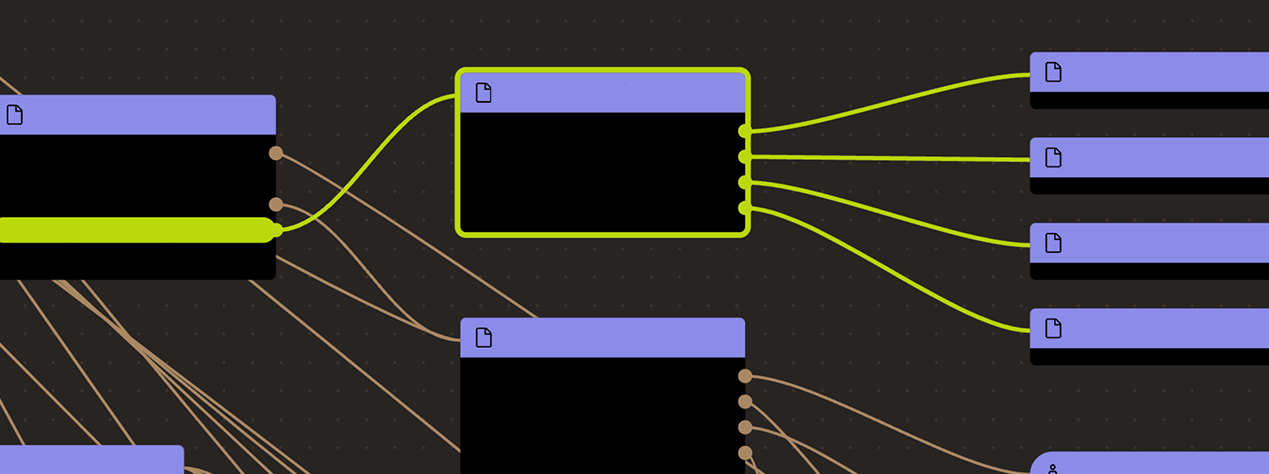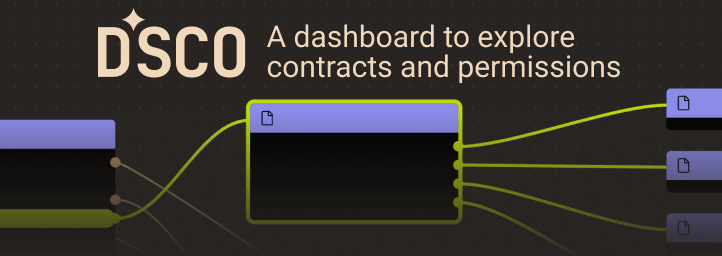Search
Search for projects by name
 cBridge (Celer)
cBridge (Celer)
L2BEAT Bridges is a work in progress. You might find incomplete research or inconsistent naming. Join our Discord to suggest improvements!
About
Celer cBridge offers cross-chain token bridging in two modes: Token Bridge and Liquidity Network. It also offers AMB facility - ability to pass arbitrary messages across chains.
About
Celer cBridge offers cross-chain token bridging in two modes: Token Bridge and Liquidity Network. It also offers AMB facility - ability to pass arbitrary messages across chains.
Celer cBridge offers cross-chain token bridging in two modes: Token Bridge and Liquidity Network. It also offers AMB facility - ability to pass arbitrary messages across chains.
It leverages the “State Guardian Network” aka SGN to perform cross-chain communication. For Liquidity Network, liquidity providers need to rely on SGN to remove their funds from the network.
Funds can be stolen if
Funds can be frozen if
Users can be censored if
Principle of operation
Celer cBridge is a hybrid solution able to work in two modes: Token Bridge and Liquidity Network, depending on the token and destination chain. More information is provided in Destination Tokens section.
Funds can be frozen if validators (SGN) decide to not process a withdrawal request from liquidity providers.
Transfers are externally verified
Validation process takes place in an external network called SGN that is operated by validators running on Tendermint consensus protocol. Nodes in the network observe contracts on each supported chain and sign messages when everything is correct. Based on the signature user can withdraw funds from the bridge.
Users can be censored if validators (SGN) decide to stop processing certain transactions.
Funds can be stolen if validators (SGN) allow to mint more tokens than there are locked on Ethereum thus preventing some existing holders from being able to bring their funds back to Ethereum.
Funds can be stolen if validators (SGN) sign a fraudulent message allowing themselves to withdraw all locked funds.
Destination tokens
Celer cBridge works in two token bridging models: xAsset and xLiquidity. xAsset model, the canonical mapping bridge, is intended for a token that is deployed on Ethereum but is not deployed on the destination chain. In this case cBridge will deploy a mapped version of the token on destination via lock-mint model. xLiquidity model, the pool-based bridge, is intended for token already deployed on Ethereum and destination. When users transfer between these chains they will be depositing their tokens into the pool on Ethereum and withdrawing a matching number of tokens from the pool on the destination chain based on a bridge rate generated by the StableSwap price curve. Additionally, it is worth pointing out that Celer introduced xAsset V2, the standard allowing for seamless cross-chain bridged assets transfers, without the need to return to source chain for liquidity. It is accomplished by changing the lock-mint model from V1 to burn-mint model in V2. What is more, Celer introduced “Open Canonical Token Bridge Standard” aiming to prevent bridge vendor lock-in.

Ethereum
Actors:
The owner of the main bridge contract, can update bridge parameters such as Token Bridge and Liquidity Network addresses.
The owner of both PeggedTokenBridges, the Liquidity Network, the TransferAgent and Sentinel is a governance contract with the permissions to manage: signers responsible for messages relaying, pausers with the ability to pause the bridge as well as governance of the system.
Can modify bridge operational parameters such as minimal and maximal send amounts, max slippage and transfer delay.
Can pause and unpause the system.
Can pause the system.
Can add and remove governors and pausers from the system.


Ethereum
Contract providing cross-chain AMB facility. It connects with Liquidity Network and Token Bridges to processes certain types of messages.
Contract providing cross-chain swaps, allows user to deposit funds and withdraw them. Additionally user can add liquidity to this address to generate yield. The contract is pausable by Full Pausers, Partial Pausers.
- This contract stores the following tokens: ETH, USDC, WETH, USDT, MASK, BUSD, LYRA.
Contract serving as token bridge, user can deposit funds and later withdraw them from this escrow. The contract is pausable by Full Pausers, Partial Pausers.
- This contract stores the following tokens: USDC, WETH, USDT, FRAX.legacy, DAI, RLY, WBTC, CELR, FRAX, WXT.
Contract serving as token bridge, user can deposit funds and later withdraw them from this escrow. The contract is pausable by Full Pausers, Partial Pausers.
- This contract stores the following tokens: WETH, PSTAKE.
Contract minting/burning tokens when receiving a message from Token Bridge. The contract is pausable by Full Pausers, Partial Pausers.
Contract minting/burning tokens when receiving a message from Token Bridge. The contract is pausable by Full Pausers, Partial Pausers.
Routing contract that transfers assets cross-chain using either Liquidity Network or Token Bridge.
Contract storing additional governors and pausers.
